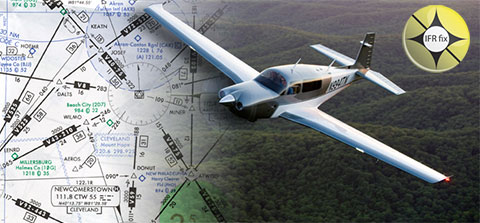
Why did you become an instrument pilot?
For some pilots, the rating is an essential stepping stone to other goals such as flight instructing, commercial pilot opportunities, or a career with an air carrier.
Other general aviation pilots didn’t set their sights on aviation as an income producer, but wanted to be able to maximize their ability to travel in a personal aircraft. Upgrading from a basic aircraft to a high-performance single or a twin can be the catalyst.
Many pilots don’t have the goal, or the opportunity to fly much IFR, but they see an instrument rating as an insurance policy: By upgrading their skills and their knowledge of the air traffic system through instrument training, they achieve a level of confidence that makes their day-VFR flying more enjoyable and more practical. Some of those pilots may have had the instrument rating in mind from the beginning, even if they have no plans to actually file and fly in the soup. They just like knowing that they can, if necessary.
Pursuing an instrument rating is the cure for many pilots bitten by the aviation bug who find that continued training is the perfect way to remain active, informed aviators.
Some seek the rating after having an experience in the VFR environment that sold them on the added value of IFR skills, such as a close encounter with unexpected bad weather.
The instrument rating curriculum is uniquely well-suited to being conducted in the make and model aircraft the pilot plans to fly once the rating is earned. If planned destinations for those IFR flights are not too far from the home base, using them as training airports adds a cost-benefit component to the training program.
Your instrument pedigree is shaped by your IFR training aircraft’s nav systems. That could mean hitting the books again if you upgrade, or if new approaches are added in your area.
As a new IFR pilot you learned that an instrument ticket may be insurance--but it isn’t magic. IFR pilots wrestle with go/no-go decisions as much as VFR pilots do. Fortunately, there’s room in the coffee shop for all.



